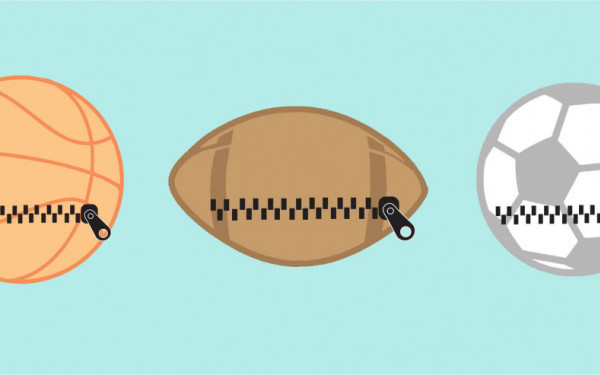International professional women’s hockey has to take a step further
Women’s hockey is growing beyond the annual U.S.-Canada Rivalry Series
Women’s hockey is growing at a fast rate.
According to USA Hockey, the sport has seen a 65 per cent increase in participation in the U.S. over the last 15 seasons.
Canada is also a place where it's growing fast.
In Canada, following the first International Ice Hockey Federation (IIHF) World Women’s Championship in 1990, registrations had grown by 30 per cent in 1998-99.
In the 2023-24 hockey season, 108,313 Canadian women and girls were registered in Hockey Canada programs, according to the organization. This represents roughly 20 per cent of total registrations in Canada, the highest registration percentage in the sport’s history.
The sport’s growth in Canada and the U.S. points at a clear growing interest in women’s hockey from participants and spectators.
Imagine a women’s 4 Nations Cup held by the Professional Women's Hockey League (PWHL) with the U.S., Canada and two European nations such as Sweden or Finland. This is how the sport would benefit the most.
The men’s 4 Nations Cup final this year attracted 16.1 million viewers in North America alone.
Could the women’s version of this tournament attract viewers?
The answer is an obvious yes. Spectators crave it.
At the 2013 IIHF Women’s World Championship in Ottawa, there was a record attendance of 18,013 supporters in a game between Canada and Finland. It took 11 years before the record was beaten in a 2024 Toronto PWHL game, where 19,285 were in attendance.
I love to see the new league doing well due to record attendances in the past 10 years.
According to the PWHL, on March 1, 17,324 supporters attended the Montreal Victoire game against the Boston Fleet at the Bell Centre, just a week before International Women’s Day on March 8.
This reminded me of the world record of 21,105 supporters set last year at the Bell Centre.
A similar situation is happening league-wide, as the number of spectators per game has increased compared to the inaugural season. The league gained international interest last year as spectators from 88 countries streamed PWHL games.
The European Women’s Hockey League (EWHL) was founded in 2004. Unfortunately, its attendance numbers are significantly lower than the PWHL‘s. The number of games played in the EWHL is also significantly lower.
This is a weakness that the PWHL could take advantage of. They can incite more players from the European league to join the PWHL for the potential expansion.
More and more players are registering in women’s hockey worldwide.
Between 2007 and 2018, the number of registered players went from 153,665 to 205,674 worldwide, according to the IIHF.
Despite rare fights, as they are prohibited in the PWHL (contrary to the NHL who doesn’t ban them), women’s hockey games are as entertaining as the men’s because of their playmaking ability, speed, hard hits and exciting saves from goaltenders like Ann-Renée Desbiens or Kristen Campbell.
The six teams are composed of incredible players and offer great performances that keep you on the edge of your seat. Players like Marie-Philip Poulin currently dominate the league, with Poulin retaining impressive statistics in goals.
This increase in participation and viewership in women’s hockey is representative of the sport’s growth. Go support a local team like the Concordia University Stingers, the Université de Montréal Carabins, or Montreal Victoire.
This article originally appeared in Volume 45, Issue 12, published April 1, 2025.


_600_832_s.png)




